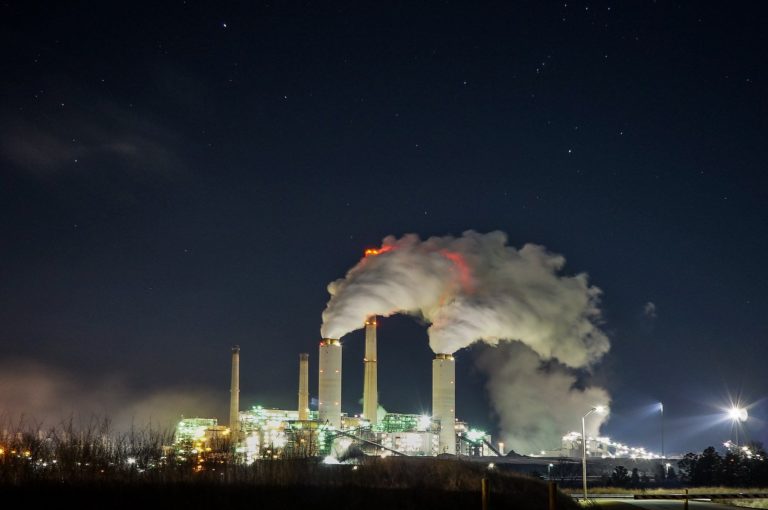Groundwater Monitoring Reveals Widespread Radioactivity at Duke Energy Coal Plants
By: Waterkeeper Alliance

Data shows high levels of radioactivity at 11 of 18 plants
Today is the deadline for coal-fired power plants to post the results of their groundwater monitoring under the U.S. Environmental Protection Agency’s 2015 rule regulating the storage and disposal of coal ash. EPA required such monitoring to determine the extent to which coal ash impoundments and landfills were contaminating groundwater. The results confirm the widespread groundwater contamination caused by coal ash around the country. In particular, Duke Energy’s results reveal startlingly high levels of radioactivity at 11 out of 18 plants.
Contrary to industry practices, Duke Energy did not summarize its groundwater monitoring results in a table, instead burying results in more than 20,000 pages of lab results. Earthjustice Senior Attorney Lisa Evans took a closer look at the data, and found what Duke Energy might have been trying to hide: high levels of radioactivity at a majority of its plants.
“The way Duke Energy presented its data showed a clear intent to obscure the findings,” said Lisa Evans. “Despite Duke’s efforts, we found that the data reveal levels of radium in groundwater that far exceed EPA’s drinking water standards and that could clearly harm people who use this water for drinking.”
This level of contamination is even more concerning considering that EPA’s standard for radioactivity in drinking water, written in 1976, is considered outdated and not as protective as needed. California has released public health goals for radioactive elements in drinking water that are about a hundred times more stringent than EPA’s standard. The Environmental Working Group recently released a study finding that the drinking water of more than 170 million Americans is radioactive enough to increase the risk of cancer.
Levels of radioactivity from radium at the Marshall coal-fired power plant on Lake Norman were 2.5 times the federal drinking water standard. Thallium levels at Marshall also exceeded federal standards and were 18 times higher than the North Carolina groundwater standard. Ash ponds at Marshall are still leaking into surface water and groundwater upstream of drinking water intakes for more than 1 million people in the Charlotte region. Together, these alarming results mean that Marshall ash facilities are much more polluted than previously disclosed. Sam Perkins, the Catawba Riverkeeper, noted, “This is yet another extremely concerning case of new information about Duke discharging dangerous pollutants from its property. Given Duke’s criminal history and ongoing probation, I am alarmed that Duke has failed to learn from its past mistakes. Duke must take ownership of its problems and not stop hiding this information from their neighbors and the millions of people who depend on the Catawba River for drinking water.
The highest levels of radioactivity were found at Duke Energy’s Asheville Power Plant, with levels of radium in groundwater 38 times what EPA considers safe for drinking water. “These results confirm that we were right to force Duke Energy to commit to removing the coal ash from the leaking ash ponds at their Asheville site,” said Hartwell Carson, the French Broad Riverkeeper. “We need to ensure that Duke’s clean up of the site stops the release of dangerous pollutants to our groundwater.”
In addition to the alarming levels of radioactivity from radium, the results demonstrate that Duke Energy is contaminating groundwater with arsenic, lead, and a host of other toxic pollutants. “Despite the clear evidence that coal-fired power plants such as those owned by Duke Energy are endangering lives with their pollution, Scott Pruitt’s EPA continues its misguided effort to eliminate even the bare minimum standards,” said Larissa Liebmann, Staff Attorney at Waterkeeper Alliance. “Just last night, EPA released revisions showing its intent to cripple the very rule that requires this sampling and the release of these data.”